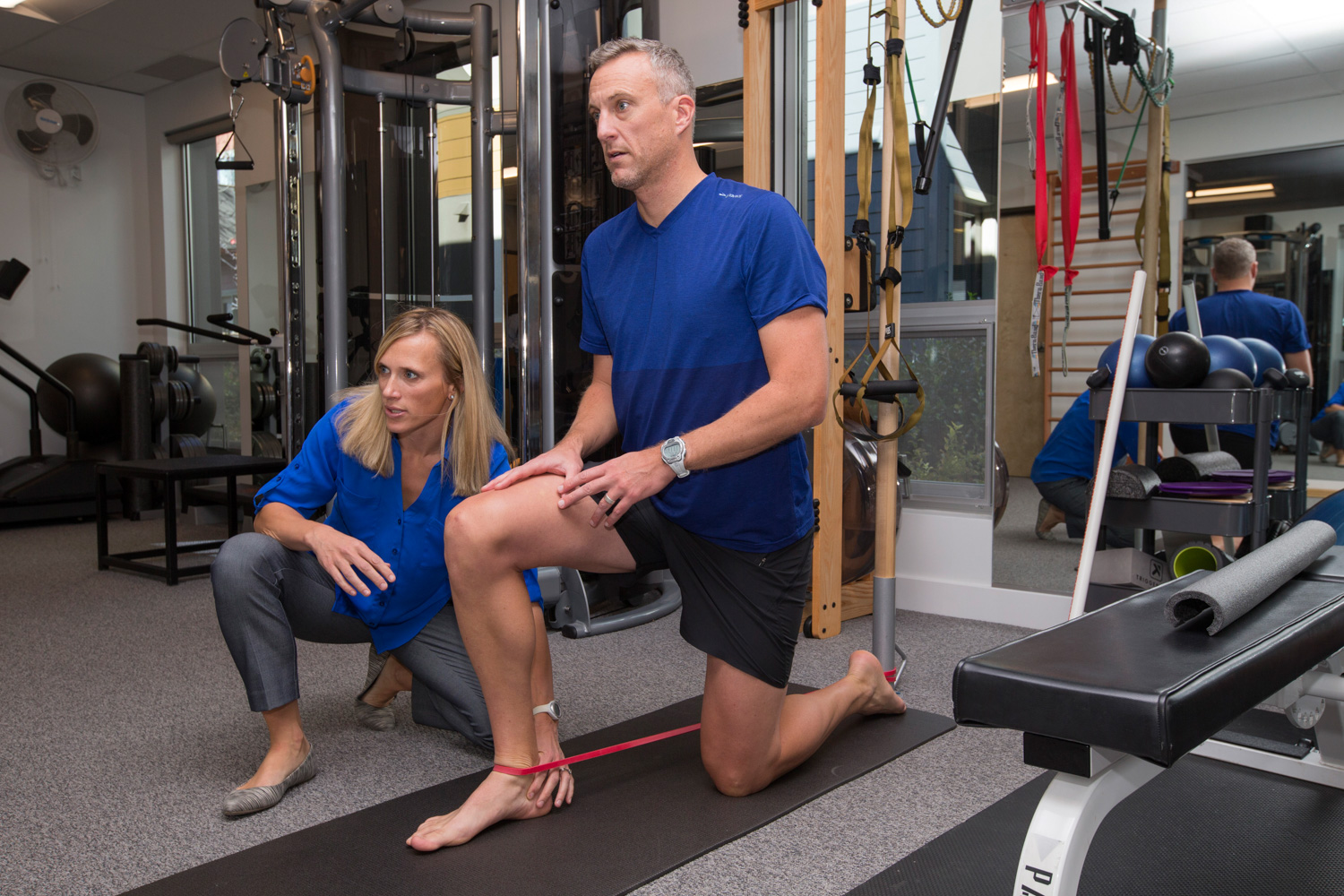here are not many more controversial topics in the exercise science literature than stretching. While most believe stretching is an important component of a fitness or rehabilitation program the debate occurs on the timing, frequency, duration, type, direction, and intensity of the stretching program. Recently, a large push in corrective exercise programs involves mobilizing joints and body regions most prone to limitations in range of motion including the ankles, hips, and thoracic spine. In our practice, we often prescribe these self mobilizations to patients to complete at home in order to reinforce manual physical therapy treatments (mobilizations, manipulations, soft tissue treatments) provided in clinic.
These self mobilizations or static stretches have an positive impact on the available range of motion in an individual joint or functional movement (squatting, turning your head to the left). Static stretches held for 15-30 seconds at the point of stretch have been shown to improve ROM when applied for 2-4 repetitions. These stretches should be held until after exercise and sports due to their negative impact on performance. Previously explanations behind the improved range of motion after stretching described improvements in the extensibility of the muscle and tendon. These explanations have been disproven in the recent literature and seem less probable given the amount the intensity, duration, and frequency needed to make a true structural change in muscle after stretching.
In our body, we do not have receptors specific to the feeling of pain, rather we have thresholds for information regarding temperature, chemical irritation, and mechanical loading like stretching. Once the stimulation reaches a high enough level a signal is transmitted to the spinal cord and brain before processing this stimulation as pain. These thresholds for mechanical information are responsible for making injured areas more tender or sensitive and may explain some of the benefits behind stretching.
A recent article by Konrad et al. (Clinical Biomechanics, 2014) examined the impact of a 6 week static stretching program on 49 healthy volunteers. The authors of the study were interested in the mechanisms behind the stretching program and what was responsible for the improvement in ROM. Not surprisingly, the volunteers improved their ankle ROM but consistent with the prior literature the increases were not due to changes in extensibility. Using medical and biomechanical engineering instruments the authors did not note any improvements in functional (passive torque) or structural (muscle or tendon changes) indices. Conversely, the authors believe that changes in ROM are due to improvements in the volunteers’ tolerance to stretch. The mechanical stimuli of stretching was improved allowing them to move further into the range of motion before a “stop” signal was sent through the nervous system.
In short, we will continue to utilize both static and dynamic stretching in our practice but emphasis should be placed on the influence of these exercise programs on the nervous system not the extensibility of the muscle.

